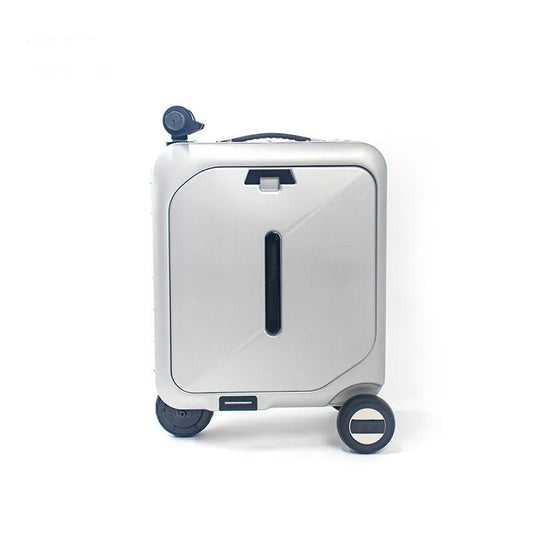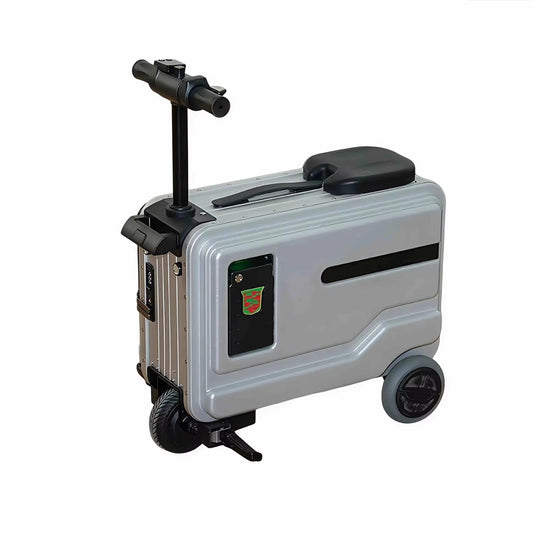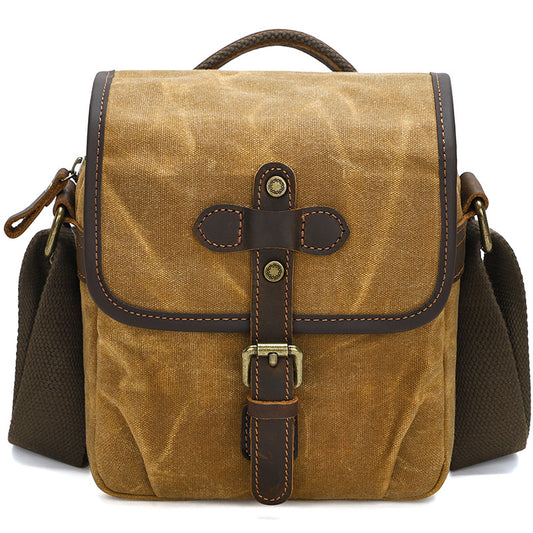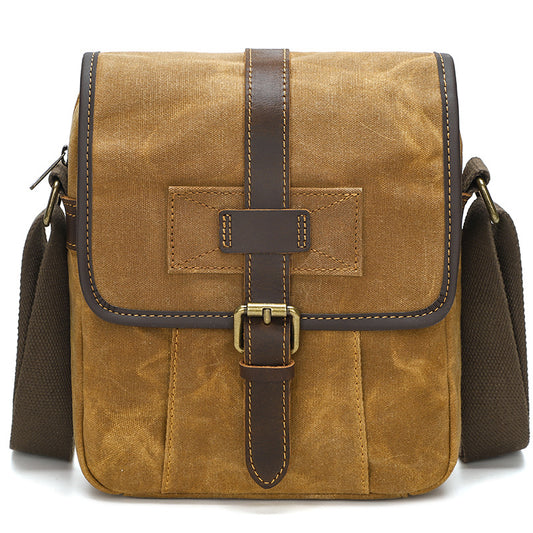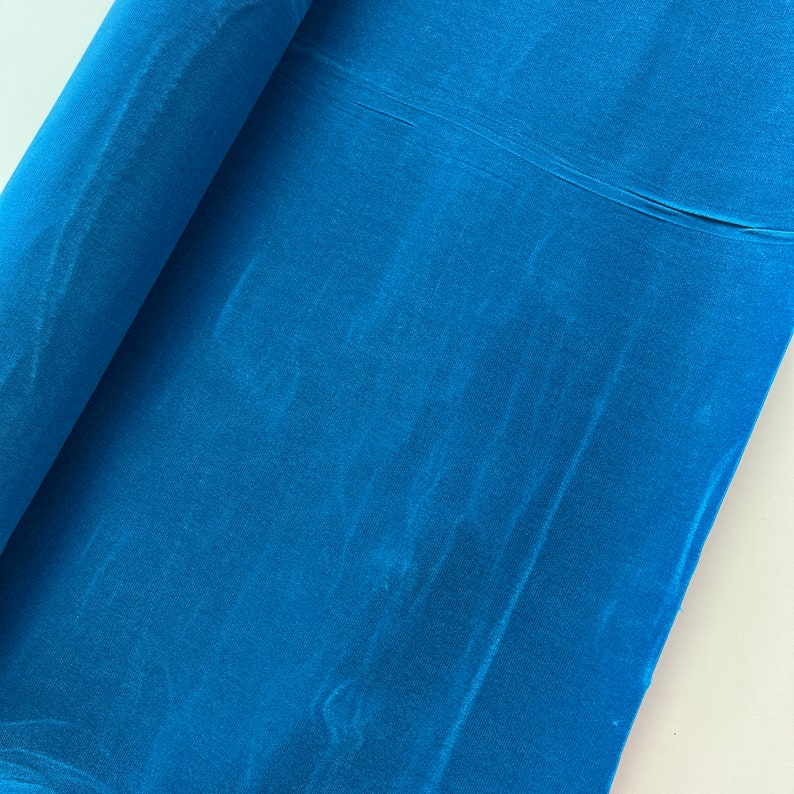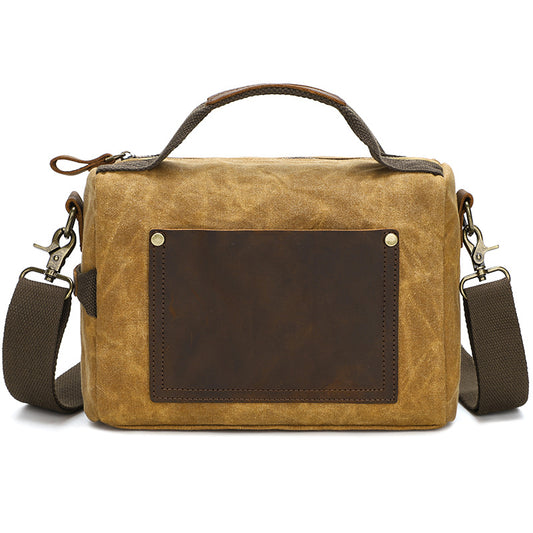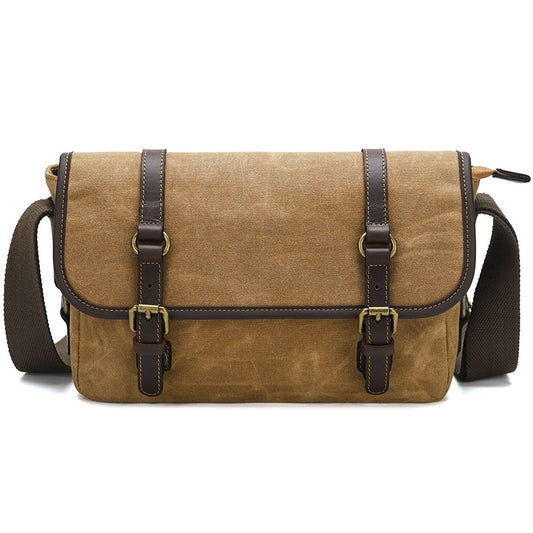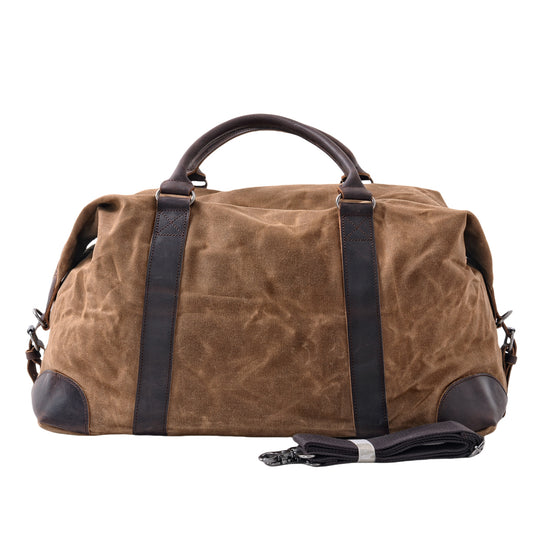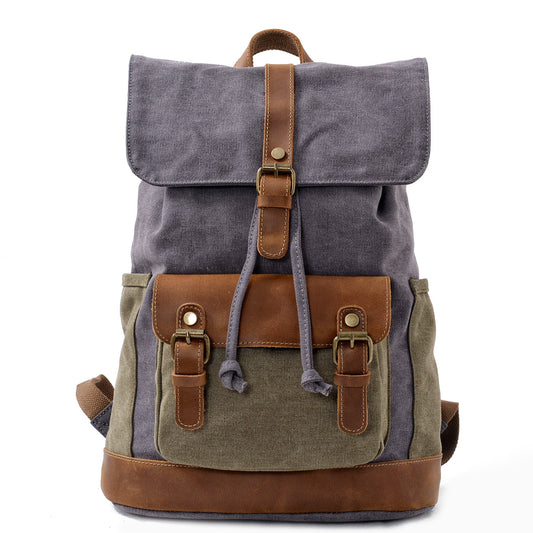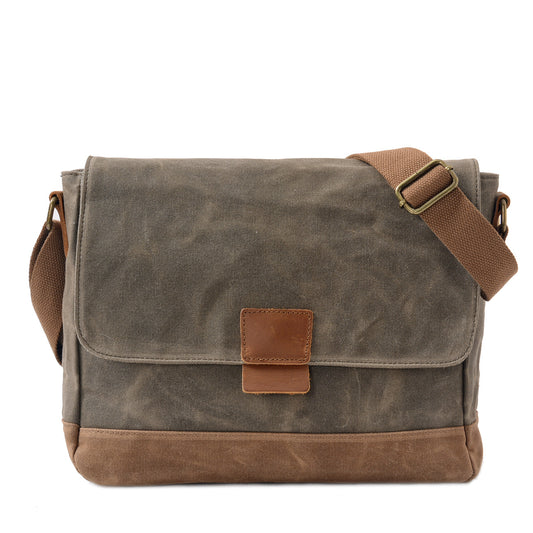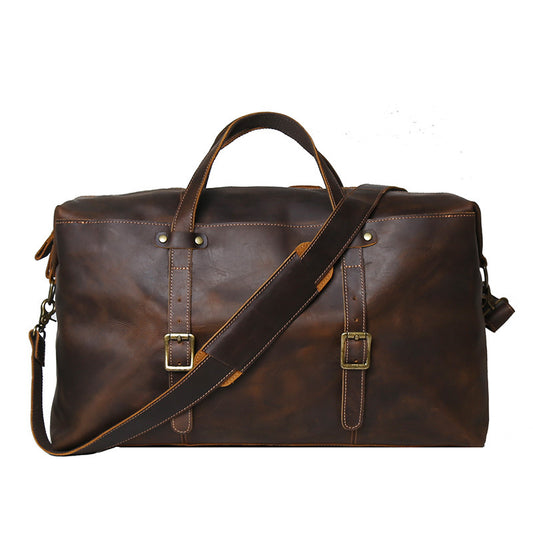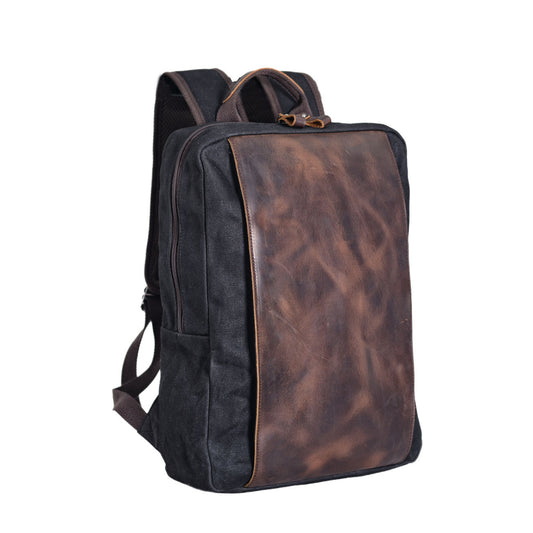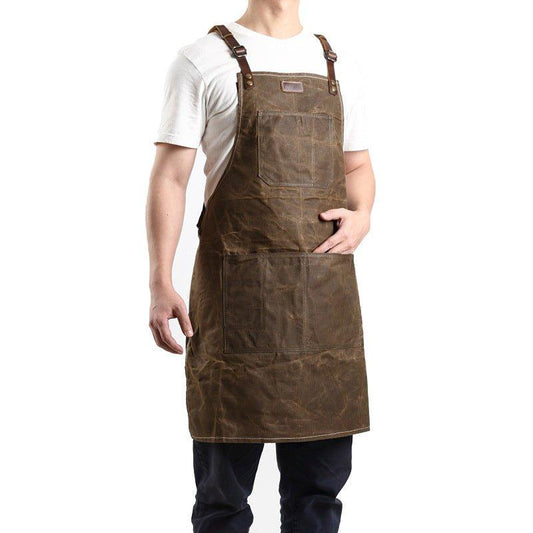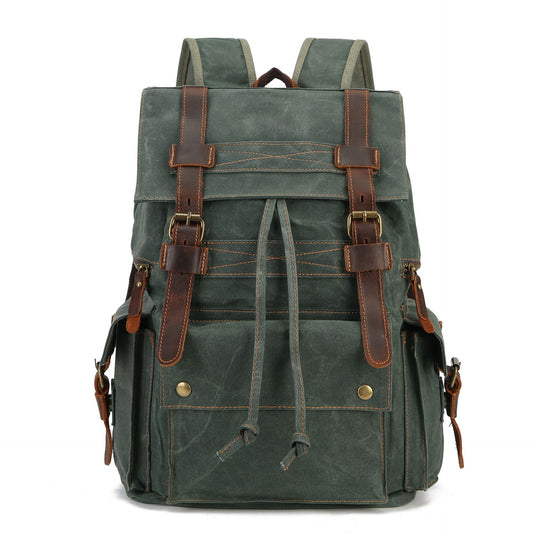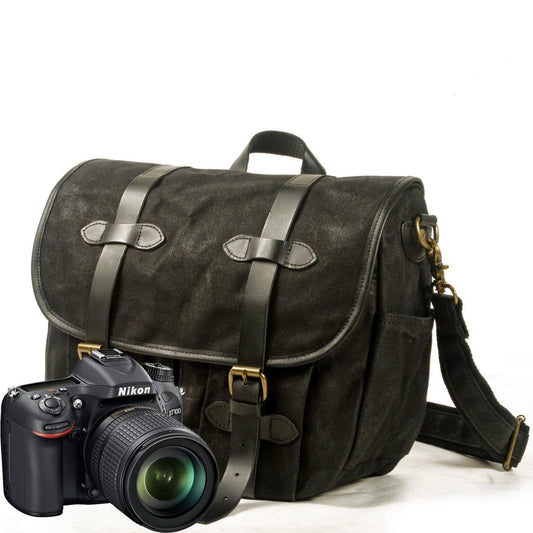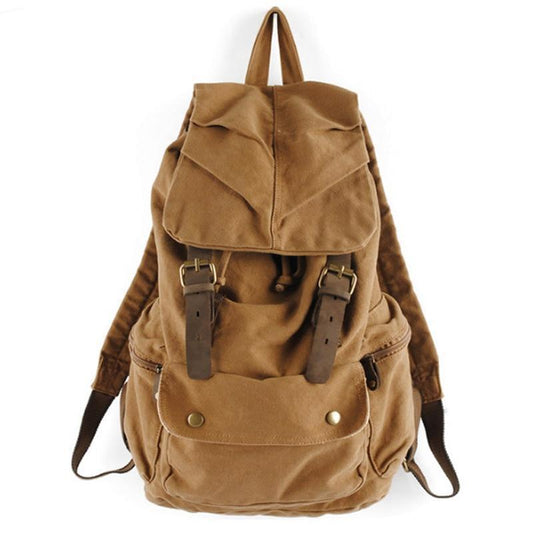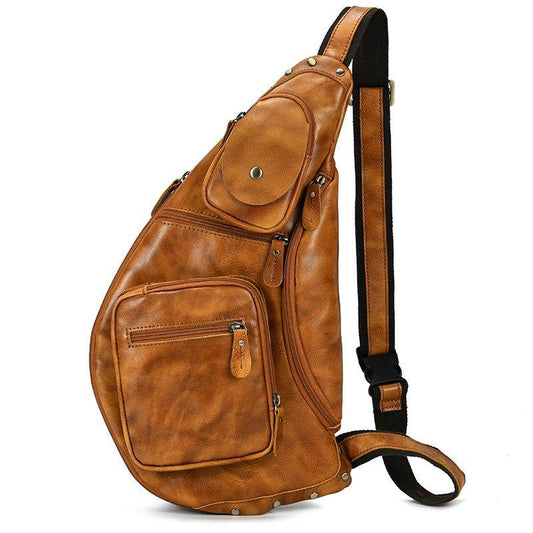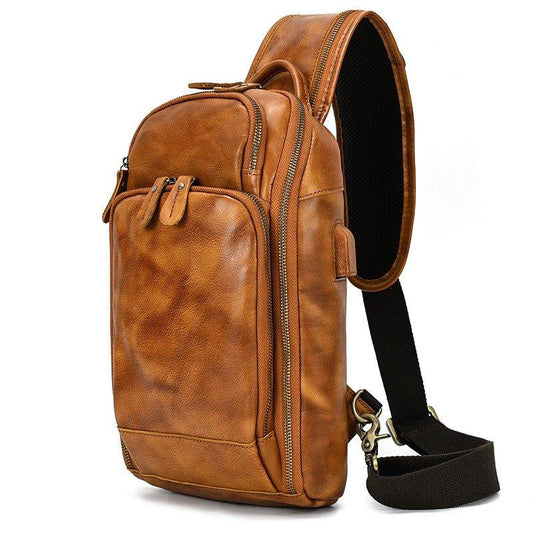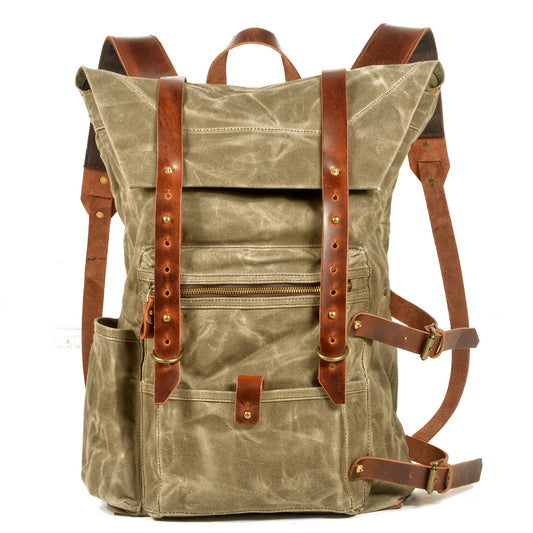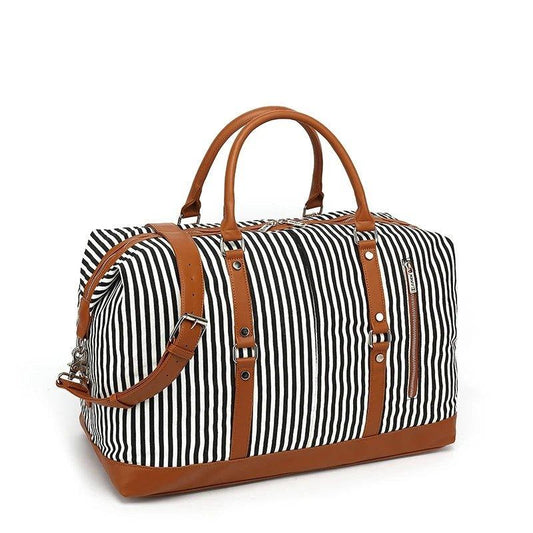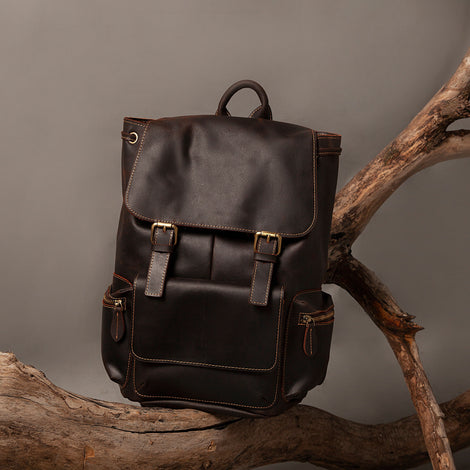Waxed Canvas in Outdoor Adventure Gear: A Must-Have Material
Waxed canvas is a tightly woven cotton fabric that has been treated with wax to make it water resistant while still retaining its breathability. It has a distinctive vintage look and rugged durability that make it ideal for outdoor gear and apparel.
The history of waxed canvas dates back to the 19th century when Scottish mills began experimenting with wax coatings on cotton sailcloth to make it waterproof. Waxed canvas quickly became utilized for everything from sailing gear to military uniforms, tents, and workwear. Its ability to withstand the elements while remaining comfortable and flexible secured its place as a staple outdoor material.
Today, waxed canvas continues to be highly valued for its longevity and performance. The wax soak allows it to shed moisture, block wind, and maintain breathability through wet conditions and repeated use. It develops a characteristic patina over time that lends it a well-worn, vintage appeal. Both traditional and modern outdoor brands rely on the proven protective qualities and handsome aesthetic of waxed canvas for their gear.
Why Choose Waxed Canvas for Outdoor Gear?
Waxed canvas has stood the test of time as a trusted outdoor material because of its unique combination of durability, weather resistance, breathability, and stylish look. Some key advantages that make it ideal for backpacks, jackets, tents, and other adventure gear include:
Durable and Long-Lasting
The dense weave and wax treatment allow waxed canvas to withstand years of rugged use and abuse. It resists tears, punctures, and abrasions better than regular canvas. With proper care, waxed canvas gear can last for decades. This makes it an excellent value over cheaper synthetics that need replacing frequently.
Water Resistant
While not fully waterproof, the paraffin or beeswax coating causes moisture to bead up and roll off the surface of waxed canvas rather than soak in. This effective water resistance keeps gear and its contents protected in wet conditions without trapping internal condensation.
Breathable and Flexible
Unlike vinyl, rubber, or plastic, waxed canvas allows air flow. This breathability paired with the natural flexibility of cotton makes waxed canvas comfortable to wear and carry against the body over extended periods. It remains pliable down to cold temperatures.
Vintage Aesthetic
Waxed canvas develops a beautifully worn patina from use that gives it an instant vintage, rugged look. This handsome styling sets it apart from the technical aesthetics of modern synthetics. It pairs perfectly with leather and brass accents for a timeless adventurer appeal.
Manufacturing Process
Authentic waxed canvas starts with high quality, tightly woven cotton duck cloth. This heavy canvas is then treated through a process of applying wax under pressure to saturate the fibers:
Cotton Duck Cloth
The canvas used as the base must be dense and sturdy, between 8oz to 18oz per square yard. The heavier and tighter the weave, the more durable the final waxed canvas. Duck cloth's natural water resistance also enhances the waxing.
Wax Coating Application
Paraffin or beeswax is melted and brushed or sprayed onto the canvas at high temperatures. This allows deep penetration into the cotton. Some methods also double-dip or reapply wax for maximum saturation.
Types of Wax
Most waxed canvas uses paraffin, a petroleum byproduct, for its effective water resistance and lower cost. Beeswax is a premium pricier option but 100% natural. Some brands also add proprietary wax blends.
Waxed Canvas Use Cases
The balance of ruggedness and refined style offered by waxed canvas makes it the ideal fabric for a wide variety of outdoor adventure gear. Some of the most popular uses include:
Backpacks
Waxed canvas hiking backpacks, rucksacks, and messenger bags withstand daily abuse and the elements while complementing outdoorsy attire. Top brands like Barbarian Bags, Frost River, and Duluth Pack are known for their waxed canvas backpacks.
Tents
The water-shedding ability and breathability of waxed canvas make it a reliable covering material for large event tents and more portable wall tents used for camping and overland adventures. It's naturally flame-retardant as well.
Jackets
Waxed cotton jackets form a water barrier and wind barrier while remaining breathable for comfort. This makes them favored by hunters, anglers, and other active outdoorsmen. They develop character with age.
Accessory Bags
From dopp kits to hunting game bags to cartridge cases, the wax finish protects small personal accessories and gear for wilderness excursions. Waxed canvas bags don't retain odors like synthetics.
Care and Maintenance
Like any outdoor gear material, waxed canvas requires some care and upkeep to maximize its longevity:
Re-waxing Over Time
The wax finish needs to be reapplied every 1-3 years depending on use. Re-waxing restores water resistance as the current wax wears off. Brands sell re-waxing kits.
Cleaning Tips
Spot clean waxed canvas as needed with a gentle scrub brush and a mild detergent. Avoid harsh chemicals that can strip the wax. Let air dry fully before using or storing.
Storage Considerations
When not in use, store waxed canvas out of direct sunlight and heat to prevent drying out. Allow breathability and avoid airtight storage that traps moisture.
Comparisons to Other Outdoor Gear Materials
Waxed canvas stands up well against alternatives like nylon, polyester, canvas, and leather:
vs. Nylon
Nylon is lighter but not as durable. It loses structural integrity when wet. Nylon is fully waterproof but not breathable like waxed canvas.
vs. Polyester
Polyester is cheaper but feels less premium. It gets musty with use. While water resistant, polyester lacks natural breathability.
vs. Canvas
Regular canvas loses its structural shape when wet and allows moisture penetration. Waxed canvas retains its form and water resistance much better.
vs. Leather
Leather has similar vintage appeal but requires more maintenance. It's prone to cracking over time and loses shape when saturated. It's also heavier.
Environmentally Friendly Choice
Beyond performance benefits, waxed canvas is one of the most eco-friendly gear materials:
Biodegradable and Recyclable
Made from organic cotton and natural wax, waxed canvas will fully biodegrade without harming soil. It can also be recycled and upcycled at end of life.
Sustainable Material Sourcing
Reputable waxed canvas brands use cotton and wax from sustainable practices like 100% organic cotton and bee-friendly harvested beeswax.
Carbon Footprint vs. Synthetics
The natural production methods of waxed canvas produce significantly less CO2 pollution than synthetic materials derived from petroleum like nylon, polyester, and vinyl.
Cost Considerations
Waxed canvas does come at a higher initial price point than standard nylon or polyester gear:
More Expensive Upfront
The labor-intensive manufacturing and premium materials result in waxed canvas gear retailing for 2-4x the cost of equivalent synthetic items.
Saves Money in the Long Run
Because it lasts exponentially longer with proper care, waxed canvas gear ends up costing less per year of use compared to replacing cheap options every few years.
Top Brands Using Waxed Canvas
Many premium outdoor brands have built their reputations on the quality and appeal of their waxed canvas gear:
Filson
Known for their signature waxed "tin cloth" jackets and luggage since the late 1800s. Favored by hunters and anglers.
Barbarian Bags
Veteran-owned shop handcrafting waxed canvas and leather backpacks and duffels for rugged bushcraft.
Frost River
Specialists in waxed canvas camping packs, duffels, and canoe portage packs. Family-owned since 1865.
Duluth Pack
Iconic waxed canvas and leather pack maker from northern Minnesota supplying bushcraft and camping bags since 1882.
Topo Designs
Colorado company fusing vintage waxed canvas and leather with modern outdoor sport style in their packs and accessories.
Future Outlook
The popularity and innovative uses of waxed canvas continue to expand:
Continued Growth in Popularity
Appreciation for heritage gear materials and craftsmanship points to waxed canvas becoming even more widespread in outdoor and lifestyle markets.
New Innovative Uses
Designers keep pushing waxed canvas into new products like phone cases, boots, hammocks, pet supplies, and more creative domains beyond traditional bags and apparel.
FAQs
Here are answers to some frequently asked questions about waxed canvas:
What is waxed canvas made of?
Waxed canvas is made from a high-density woven cotton duck cloth that gets treated with wax, usually paraffin or beeswax. This allows the cotton to shed moisture.
How long does waxed canvas last?
With periodic re-waxing and proper care, waxed canvas gear can easily last 20-30 years or longer before needing replacement. It develops character over time rather than deteriorating.
Is waxed canvas waterproof?
Waxed canvas is water resistant rather than completely waterproof. The dense weave and wax treatment cause moisture to bead up on the surface rather than soak through the fabric while still allowing breathability.
How do you clean waxed canvas?
Spot clean waxed canvas with a soft brush and mild detergent if needed. Avoid overly soaking, harsh chemicals, or machines that could damage the wax coating. Always allow full drying before storing.
How often should you re-wax canvas?
Most waxed canvas gear needs fresh re-waxing every 12-36 months depending on usage and exposure. If the fabric shows signs of losing water resistance, it's time to re-apply wax.
Conclusion
With its rugged durability, weather resistance, comfortable breathability, and classic vintage look, waxed canvas has earned its reputation as a staple outdoor gear fabric. Brands like Filson, Barbarian Bags, Duluth Pack, and Topo Designs keep proving the benefits of waxed canvas backpacks, jackets, tents, and accessories for wilderness adventures. As a long-lasting, environmentally responsible choice, expect waxed canvas to maintain its rightful place in outdoor gear for generations to come. Its broken-in patina only gets better with age and use. For those demanding proven performance and understated heritage style for their outdoor pursuits, waxed canvas is a must-have material.

